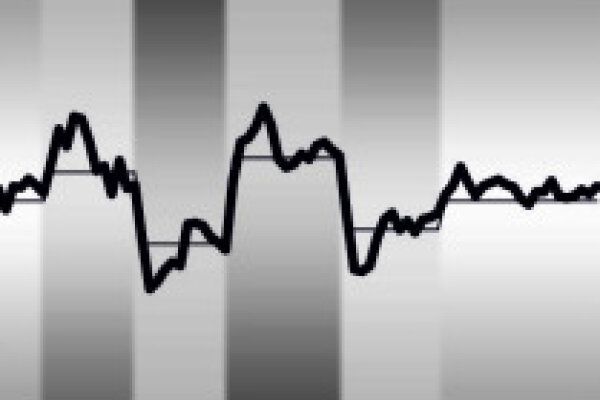2010-09-22

In perceptual decision making tasks, subjects are required to sort a range of stimuli into two or more categories. From the viewpoint of the experimenter, this is a psychophysical task: the subject tries to decide on the basis of sensory evidence which category a given stimulus belongs to. Thus, the subject is assumed to attempt to maximize accuracy. However, when the subjects are animals, conditions may change: to perform well in a behavioral experiment, animals are usually rewarded for each correct response. Thus, from the viewpoint of the animal subject, the task is more about foraging than about psychophysics.
In a newly released paper, Maik Stüttgen, Ali Yildiz and Onur Güntürkün report that rewarding animal subjects for one kind of classification more often than for another kind heavily biases their choice behavior. More importantly, the animals were shown to integrate sensory evidence - which category the stimulus belongs to - and reward preference - which category response is rewarded more often - in a statistically optimal fashion. Moreover, the subjects did so in a suprisingly brief amount of time, which calls into question that they attempted to maximize expected value as decision goal - a central assumption of signal detection theory.

In perceptual decision making tasks, subjects are required to sort a range of stimuli into two or more categories. From the viewpoint of the experimenter, this is a psychophysical task: the subject tries to decide on the basis of sensory evidence which category a given stimulus belongs to. Thus, the subject is assumed to attempt to maximize accuracy. However, when the subjects are animals, conditions may change: to perform well in a behavioral experiment, animals are usually rewarded for each correct response. Thus, from the viewpoint of the animal subject, the task is more about foraging than about psychophysics.
In a newly released paper, Maik Stüttgen, Ali Yildiz and Onur Güntürkün report that rewarding animal subjects for one kind of classification more often than for another kind heavily biases their choice behavior. More importantly, the animals were shown to integrate sensory evidence - which category the stimulus belongs to - and reward preference - which category response is rewarded more often - in a statistically optimal fashion. Moreover, the subjects did so in a suprisingly brief amount of time, which calls into question that they attempted to maximize expected value as decision goal - a central assumption of signal detection theory.